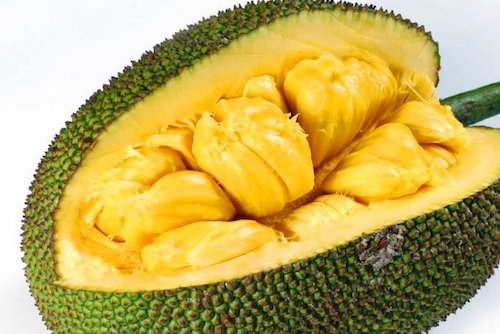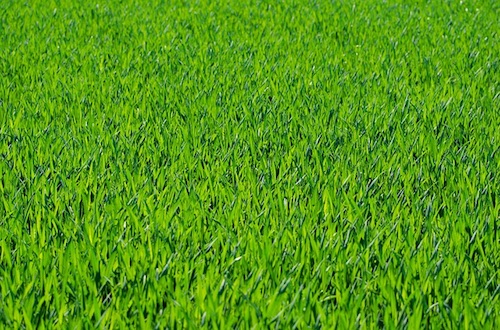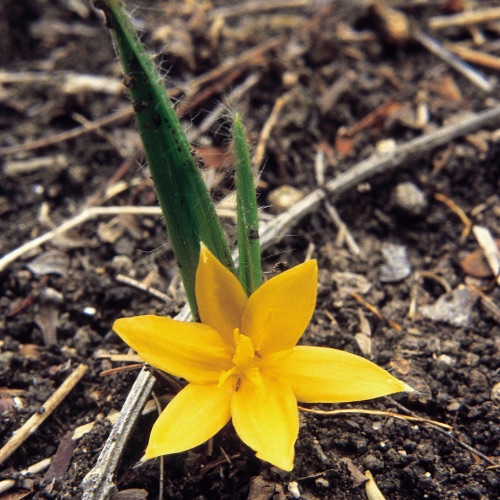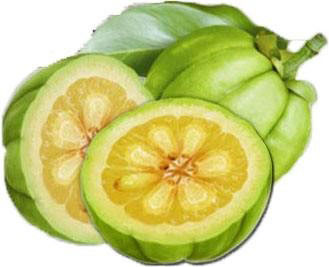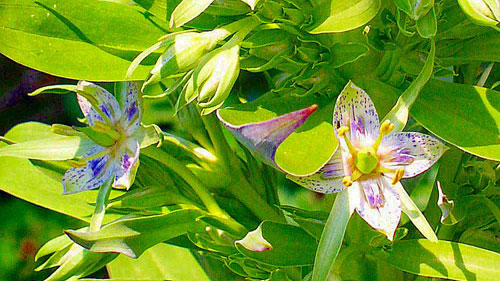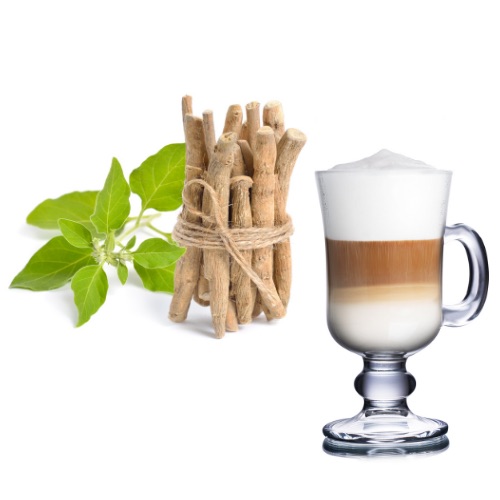Anantmul root powder is recommended for oligospermia, acidity, low appetite and irregular menstrual cycle. It is also used for hair and skincare.
Related article An Ayurvedic Skin Detox at Home
The roots of this plant are used for medicinal purposes. Acharya Bhavaprakasha explains the medicinal properties of this plant as follows.
Balances Tridosha
Nannari has sweet taste (madhura rasa) and bitter taste (tikta rasa). It is heavy to digest (guru) and increases the moistness of tissues (snigdha). After digestion (vipaka) only a sweet taste remains. It acts as a body coolant (sheeta veerya) and eliminates excess heat from the body. It balances tridosha (vata dosha, pitta dosha and kapha dosha).
Root powder of anatmul is recommended in various health conditions.
Root Powder for Skin
Root powder of this plant is used in many skin diseases and ayurvedic beauty care. Hence it is praised as “kushtahara” (medicine for skin diseases) and “kanduhara” (one which reduces itching). It also reduces bad body odour. Hence referred to as “durgandha hara”.
When consumed orally, this root powder helps in ayurvedic skin detox and eliminates toxins from the body. Hence referred to as “amahara”. Anantmool root powder reduces the bad effects of body toxins and this anti-toxic property is indicated as “vishapaha”.
Good for Hair
Sariva helps to grow strong hair and improves scalp health. Hence this herb is used in ayurvedic hair care and ayurvedic skincare regimens.
Hence best ayurvedic hair oils for dandruff and flaky skin contain this herb as an ingredient. Nannari root powder is also used in ayurvedic face packs, ayurvedic fairness creams and other ayurvedic beauty products.
Helps in good digestion
This herb is very helpful in digestive issues. This helps to balance Agni or body fire and reduces acidity (agnisada). It is used as a digestive aid (atisarahara) in diarrhoea, dysentery and IBS (Irritable bowel syndrome). It absorbs water content (sangrahi) and helps the large intestine to make a well-formed stool. It improves the sensation of taste buds. Sariva is highly recommended for fever as it reduces temperature (jwarahara – as it cools body) and quenches thirst.
Beneficial for Respiratory Problems
Sariva is very useful in respiratory problems like bronchitis, cough, cold, asthma, allergic rhinitis etc (Shwasahara, Kasahara)
Good for Diabetes, cystitis and UTI
According to Ayurveda acharyas, Nannari plant root powder is very effective in diabetes and diabetes-related urinary tract problems. This herb is also useful in ayurvedic treatment for cystitis and UTI (urinary tract infections).
Boosts Male Infertility
Root powder of this herb is praised as “shukrala”. This means it improves the quality and quantity of shukra dhatu. When the health of shukra dhatu increases it improves sperm count and motility. Hence it is a good ayurvedic herb for oligospermia.
Improves Women Health
Hemidesmus Indicus is indicated in ayurvedic treatment of PCOS or PCOD, as it normalises excess bleeding. This can be used in bleeding from the nose or increased menstrual flow during menopause. Hence it is praised as “pradaranut”.
Sariva Sherbet Recipe
Mix anatmul root powder and water in a ratio of 1:10. Boil this in medium flame till the water reduces to half. Turn off the flame and filter the decoction. Now add 4 parts of sugar ( anantmul:sugar = 1:4) or jaggery to this decoction and boil till it becomes thick like syrup (jamun syrup). Store this in an airtight container in the refrigerator. While using add water in equal proportion (anantmool Sherbet : water = 1:1). Do not use this preparation if you are obese or diabetic.
Anantmul or Nannari Plant in Ayurveda
Anantmool is known as sariva in Ayurveda and has the botanical name hemidesmus indicus which belongs to the family Apocynacea. It is also known as Indian Sarsaparilla. Sariva has different names in Indian local languages. It is called by names Sogade beru in Kannada, Nannari in Tamil, Anantamul or Kapuri in Hindi and also in Bengali, Sungandhipala and Muttavapylagamu in telugu, Uparsal in Marathi, Indian sarasaparilla in English and Naruninti in Malayalam. Gujarati language has three names for this Kapuri, Madhuri, and Upalasri
Anantmool is referred to with various synonyms in the texts of Ayurveda. They are Utpala Sariva, Ananta, Anantamula, Asphota, Gopi, Gopavalli, Gopakanya, Gopangi, Shyama,
Types of anatmool plant
Ayurveda acharyas recognised two types of this plant. They are
- Sweta Sariva (white coloured)
- Krishna Sariva (Dark coloured)
Both varieties are good for treatment purpose.
Chemical Constituents of Nannari Plant
Mainly this plant (hemidesmus Indicus) contains hemidesminine, Hemidesmin-1 and hemidesmin-2. Along with these Hexatriacontance, B- Sitosterol, Hyperoside, Rutin and desinine, are also found.
(WhatsApp Dr.Savitha Suri @+ 91 6360108663/ to know more about ayurvedic treatment and remedies )
Author – Dr.Savitha Suri. Consultant ayurvedic physician.
Call us at +91 9945995660 / +91 9448433911
Whats App + 91 6360108663/


